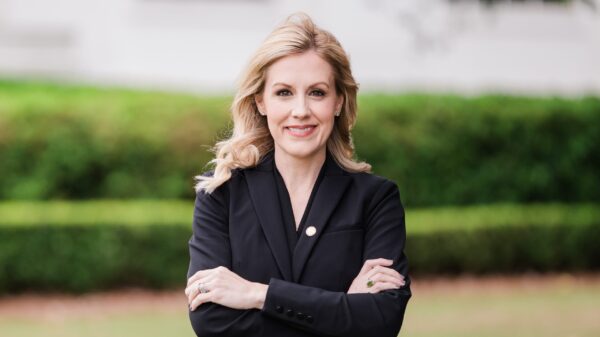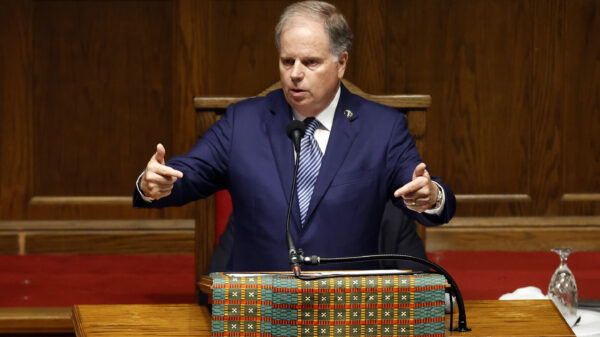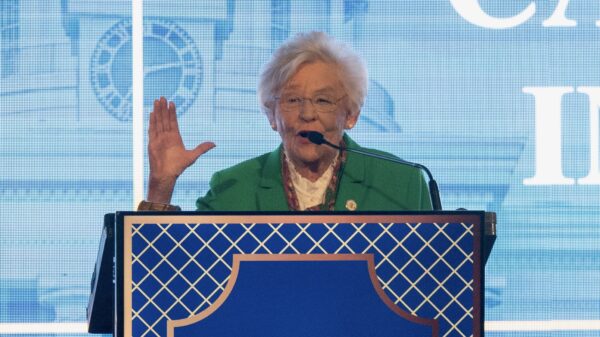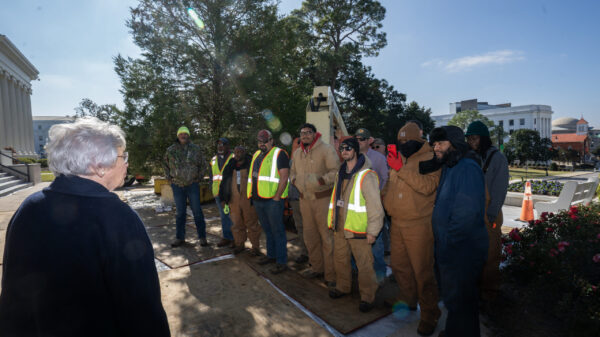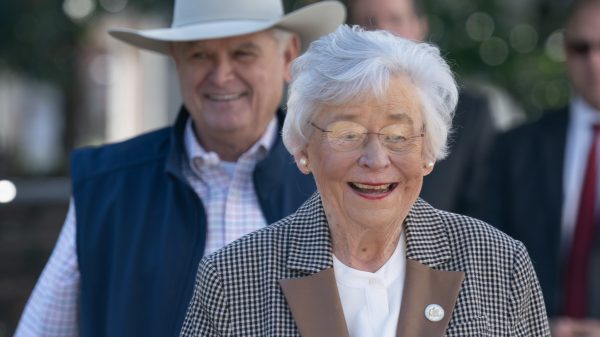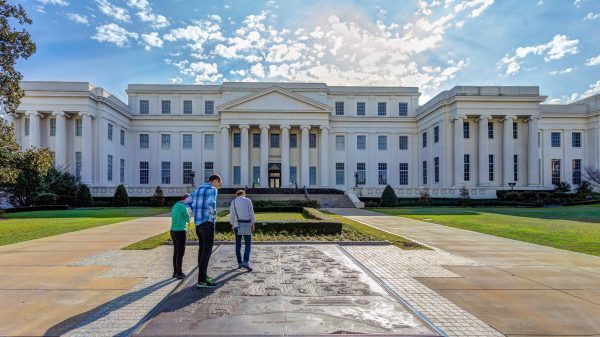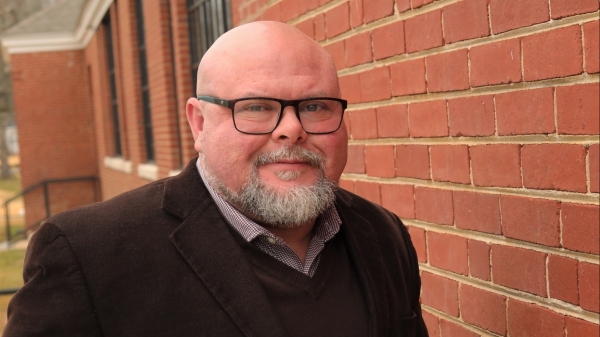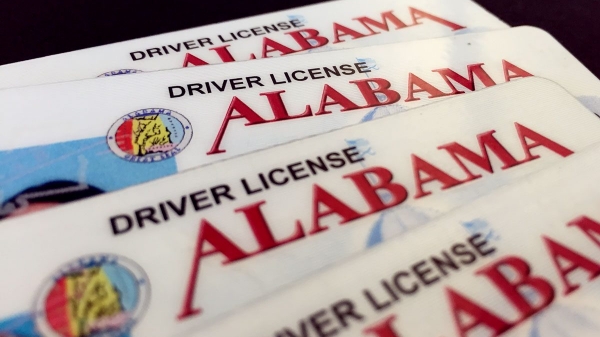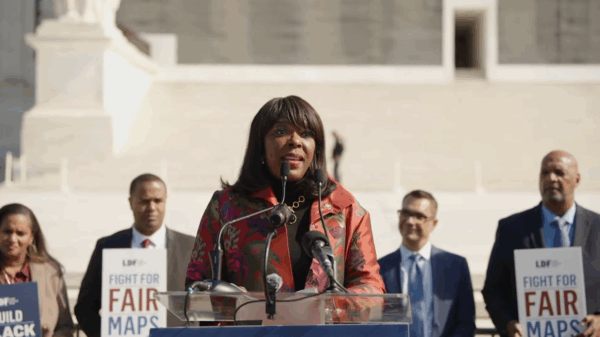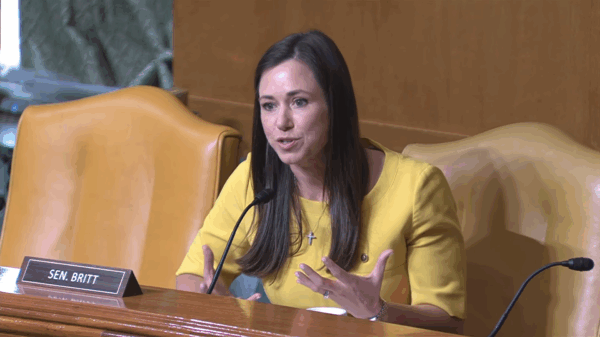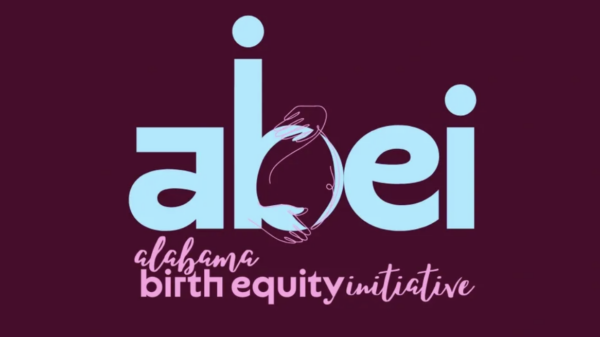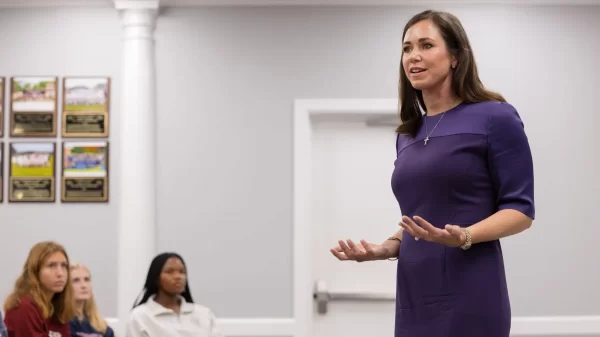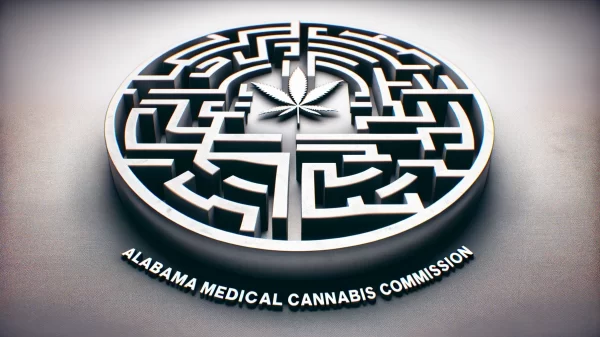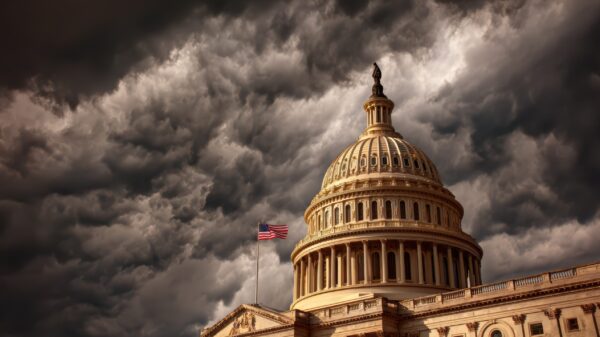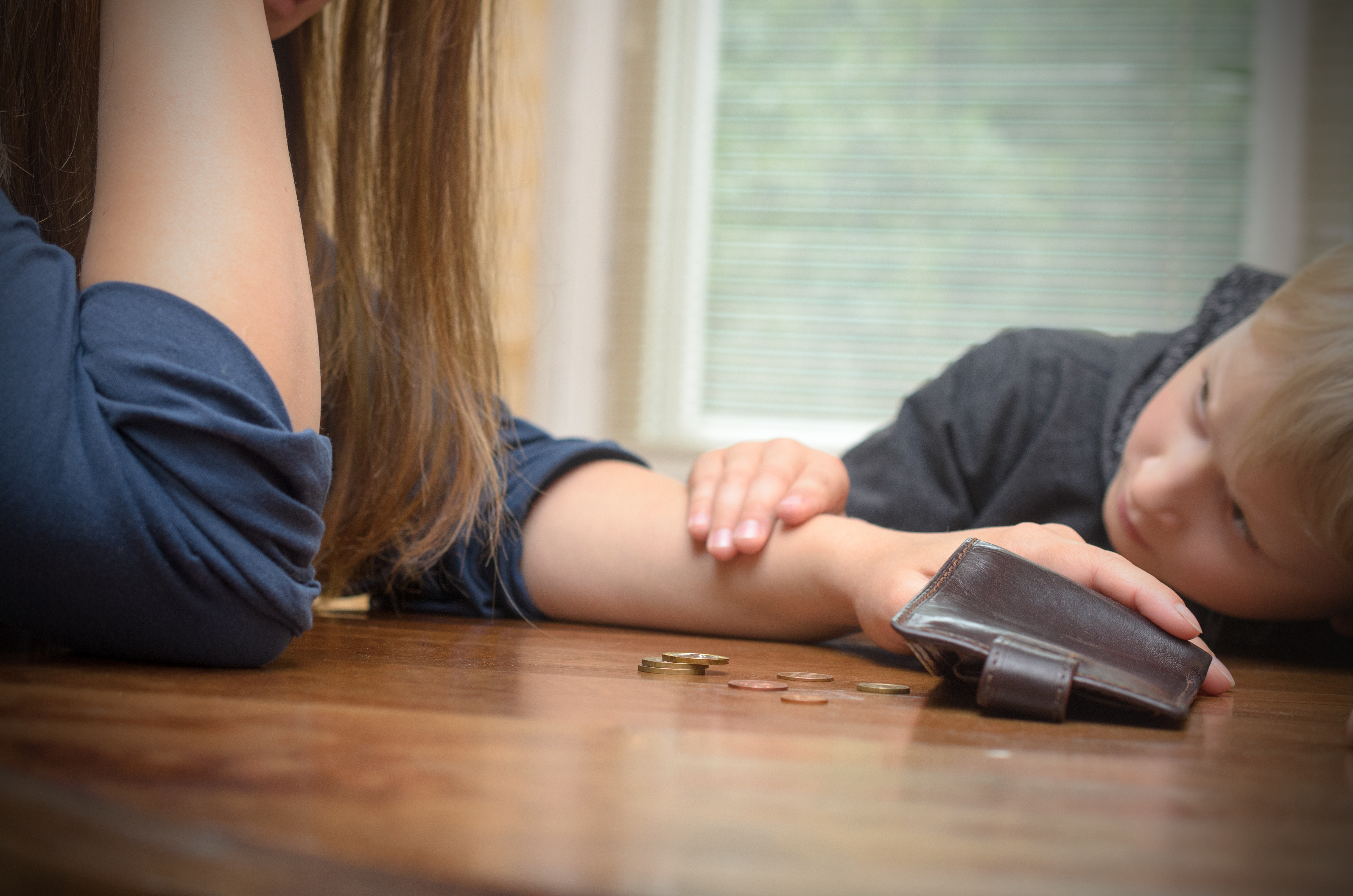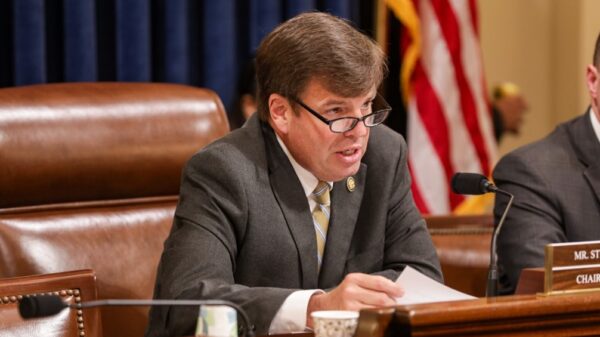More than 800,000 Alabamians, 256,000 of them children, were living below the federal poverty level before the COVID-19 crisis and more than 400,000 lost their jobs statewide, according to a report released Thursday.
Poverty statewide has decreased by 2.4 percentage points since a peak of 19.2 percent in 2014, but Alabama’s poverty rate of 16.8 percent is still higher than the national average of 13.1 percent, according to the report by Alabama Possible, a nonprofit that studies poverty.
The nonprofit gathered data from the U.S. Census Bureau, U.S. Bureau of Labor Statistics, Alabama Commission on Higher Education and Alabama Department of Human Resources to compile the report, which shows disparities along racial lines.
While 28.4 percent of blacks and 32.2 percent of Latinos in Alabama live in poverty, only 12.2 percent of whites do, according to the report, and whites have a median household income of $55,690, while blacks have a median household income of $32,188 and Latinos of $38,314.
“While this year’s data sheet shows there is much to be optimistic about, the lines at food pantries show us that reducing poverty is not the same thing as creating prosperity,” said Kristina Scott, executive director of Alabama Possible, in a statement. “Simply living above the poverty line does not mean that a family is economically secure. The present moment calls us to make sure that everyone can weather this storm, and too many Alabamians are stuck in a cycle of work, get paid, pay bills, repeat.”
The COVID-19 crisis continues to impact the health and wealth of Americans, and in Alabama the number of new confirmed cases, hospitalizations, deaths and job losses continue to rise.
Statewide, over the past week, the number of people hospitalized COVID-19 patients is above the levels seen in early to mid-April, and patients in Montgomery are being sent to hospitals in Birmingham because of a lack of intensive care beds there.
During the week of May 10-16, there were 25,150 new unemployment claims filed in Alabama, and 16,069 were related to job losses caused by COVID-19, according to the Alabama Department of Labor.
Since March 14 there have been 501,630 new unemployment claims filed in Alabama, according to the department.
Other Key findings in the report include:
Alabama is the fifth poorest state in the U.S., and 16.8 percent of Alabamians live below the federal poverty threshold – a noticeably larger percentage than the national average of 13.1 percent. The federal poverty thresholds range from $12,784 for one person to $25,701 for a family of four.
At a county level, ten of Alabama’s 67 counties have a poverty rate higher than 25 percent. Eight counties have a poverty rate higher than 30 percent, and all are located in the state’s Black Belt regions. Only Baldwin and Shelby Counties have a poverty rate of less than 10 percent.
Alabama families’ median household income is $49,881, which is $12,056 less than the national median of $61,937.



